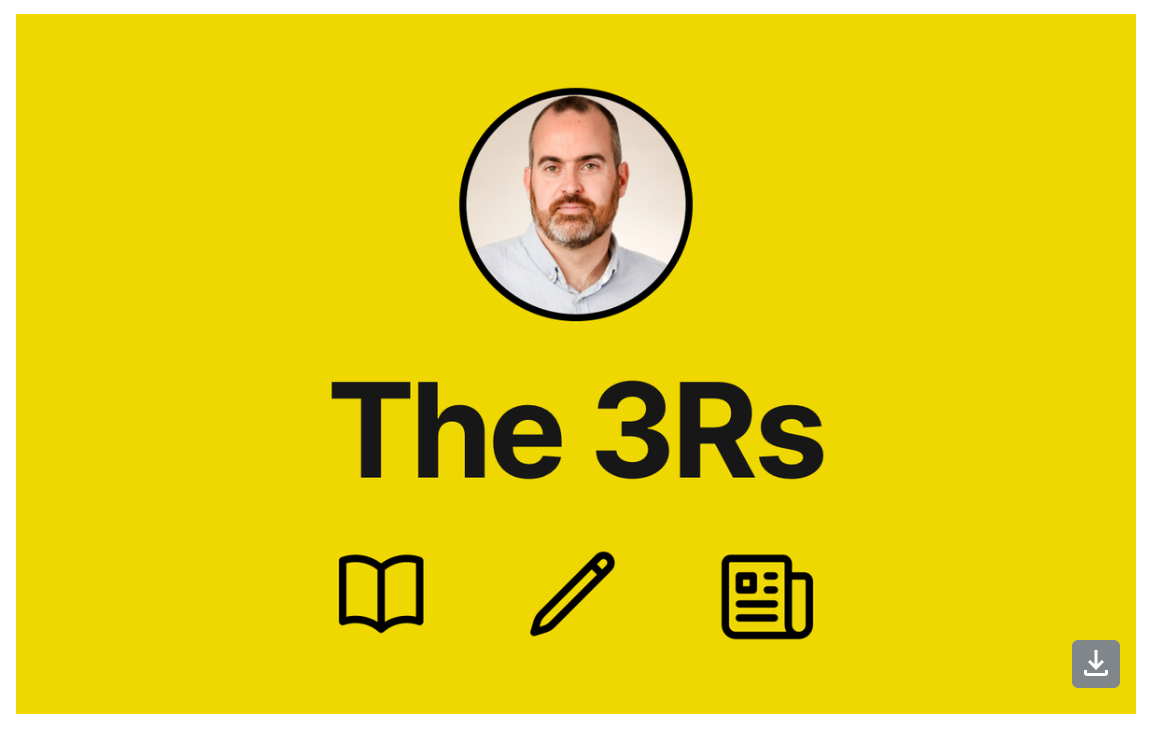Let me introduce you to James.
James finds it hard to articulate his thoughts due to limits to his vocabulary and a difficulty in understanding complex language in class. He can rely on simple words, repeat phrases, and non-verbal communication to get through the school day.
In science, he particularly struggles with following the rare, specialist language in the textbook.
In English, when asked to describe how a character felt, he says, “They were sad,” but he cannot elaborate on why or how he knows.
How would you teach a student like James? Take a moment to reflect on the teaching strategies, and subject content, you would focus on to support James to access the school curriculum.
Now, consider the following: you have been informed that James has autism. Or you have been informed that James has development language disorder (DLD). Or you have been told that James has dyslexia.
Would you teach differently if you were to learn about the designation of the special educational need?
Do labels always help learning?
Understanding special educational needs can be a useful starting point in helping teachers understand effective approaches for teaching high need pupils like James. For instance, autism and dyslexia have research and advocacy to guide teachers regarding generic learning barriers.
In addition, for James and his family, there could be significant emotional benefits to the discovery that your issues have a root cause. Labels can liberate families and help them understand, with a supporting community, to take the next step.
Crucially, however, the benefits may quickly dissipate or even backfire if we are not careful. Take dyslexia. The reality of dyslexia is that it presents on a complex spectrum and James may or may not present with most of the common indicators. His assessment may be rather opaque about what to do, and it may be co-occurring with speech and language issues that are less well picked up on via the chosen assessment.
Too often, given the complex, and often co-occurring nature of SEN designations, they can sometimes tell us little about what to do to support James most effectively. For teachers, we may unwittingly lower our expectations for James’ reading and writing ability because ‘he is dyslexic’, or pursue poorly evidenced solutions, such as special ‘dyslexia fonts’ or unproven technology.
To support James best, it is likely we need to concentrate on his barriers to learning and focus less on broad and complex (sometimes contested) SEN labels.
Teaching language: being inclusive by design
We know a lot about high quality teaching of reading, writing, and academic vocabulary.
Of course, many pupils can struggle with language in similar ways to James because academic language is intrinsically difficult and translating speech into writing can prove uniquely tricky.
Positively, many teachers will already possess the powerful teaching strategies that can best support James in science, English, and beyond. The EEF guidance report on ‘Special Educational Needs in Mainstream Schools’ states:
“Yet, far from creating new programmes, the evidence tells us that teachers should instead prioritise familiar but powerful strategies, like scaffolding and explicit instruction, to support their pupils with SEND. This means understanding the needs of individual pupils and weaving specific approaches into every day, high-quality classroom teaching—being inclusive by design not as an afterthought.”
To best support James, we likely need to explicitly support his reading, through reading fluency strategies, reading comprehension strategies, vocabulary or decoding skills. When we more closely diagnose why he cannot understand why a character is sad, it may be that he struggled to understand the meaning from the text, or it was a struggle to generate synonyms to describe a range of nuanced emotions.
The barriers he is experiencing require careful diagnostic assessment, but the more we focus on the learning – be it reading, talk, writing or vocabulary – the more targeted our approach for James.
If we were to utilise evidence-informed strategies related to teaching vocabulary, or reading fluency, or dialogic talk, we are likely not just to aid James to access more of the curriculum, but we are also likely to teach and be inclusive by design. Lots of pupils struggle with translating the tricky vocabulary or science or reading aloud and engaging in complex book talk.
I think that teachers can make gains from building their knowledge about specific educational needs, but their actual practice is most likely to improve if they focus on the barriers to learning and the effective strategies to address those barriers.
Teaching to the generic notion of a ‘dyslexic learner’ may obscure what may actually be best to support James’ learning.
Let’s focus on learning barriers and not labels.






Comments